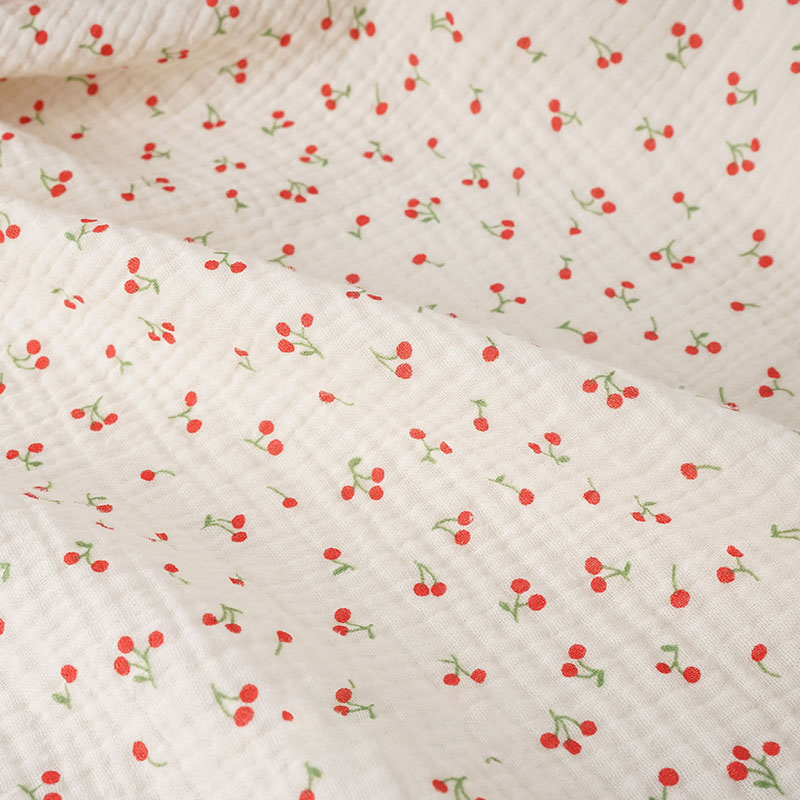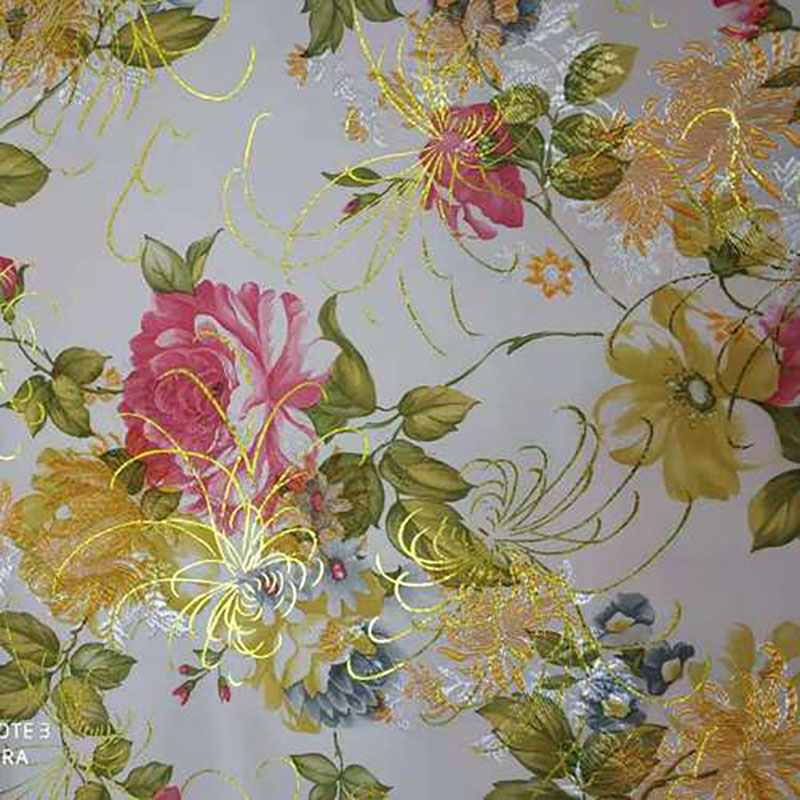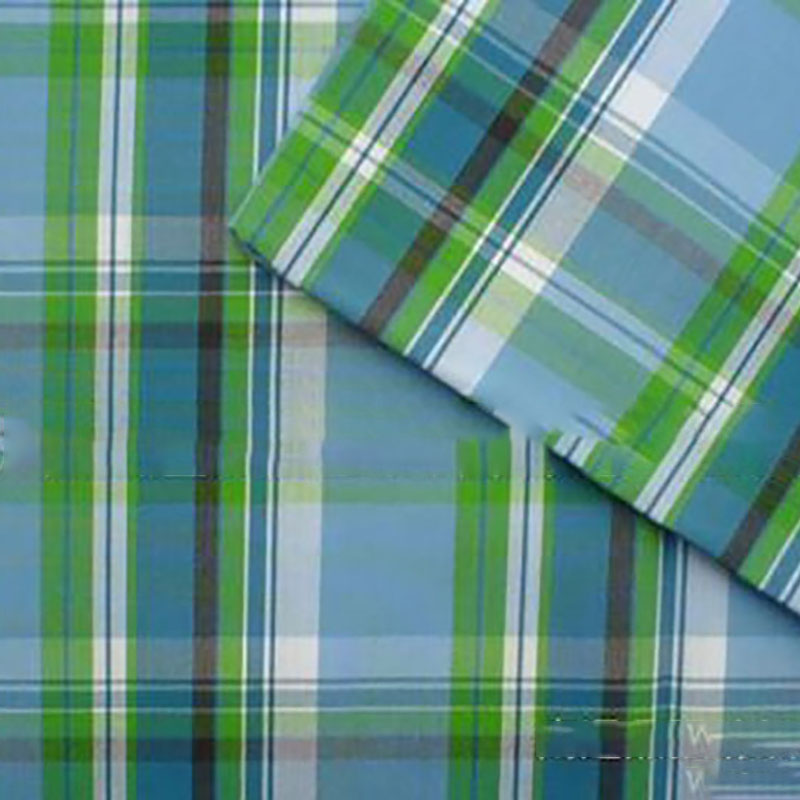In recent years, environmental protection practitioners and consumers have paid increasing attention to the fashion industry. As one of the important fashion materials, knitted fabrics have gradually reflected its environmental protection trend. Especially in the context of global climate change and resource shortages, the selection of sustainable materials has become a major focus for industry development.

Choosing environmentally friendly knitted fabrics can not only help companies reduce production costs, but also significantly improve quality. At the same time, more and more consumers tend to support brands that are consistent with sustainable development. Choosing products using environmentally friendly materials will undoubtedly bring greater market potential to companies.
Currently, there are a variety of environmentally friendly knitted fabrics available on the market, including organic cotton, recycled polyester fiber, bamboo fiber, etc. These fabrics reduce the impact on the ecological environment during the production process, while ensuring wearing comfort while also showing a stylish appearance.

When choosing environmentally friendly knitted fabrics, companies should consider the raw material sources, production processes, and whether they comply with international environmental standards. At the same time, transparency in the procurement process is equally important to ensure that all links in the supply chain meet the requirements of sustainable development.
The environmentally friendly trend of knitted fabrics represents the future direction of the development of the fashion industry. By choosing sustainable materials, companies can not only strengthen their brand image, but also win the favor of consumers in a fierce market.


